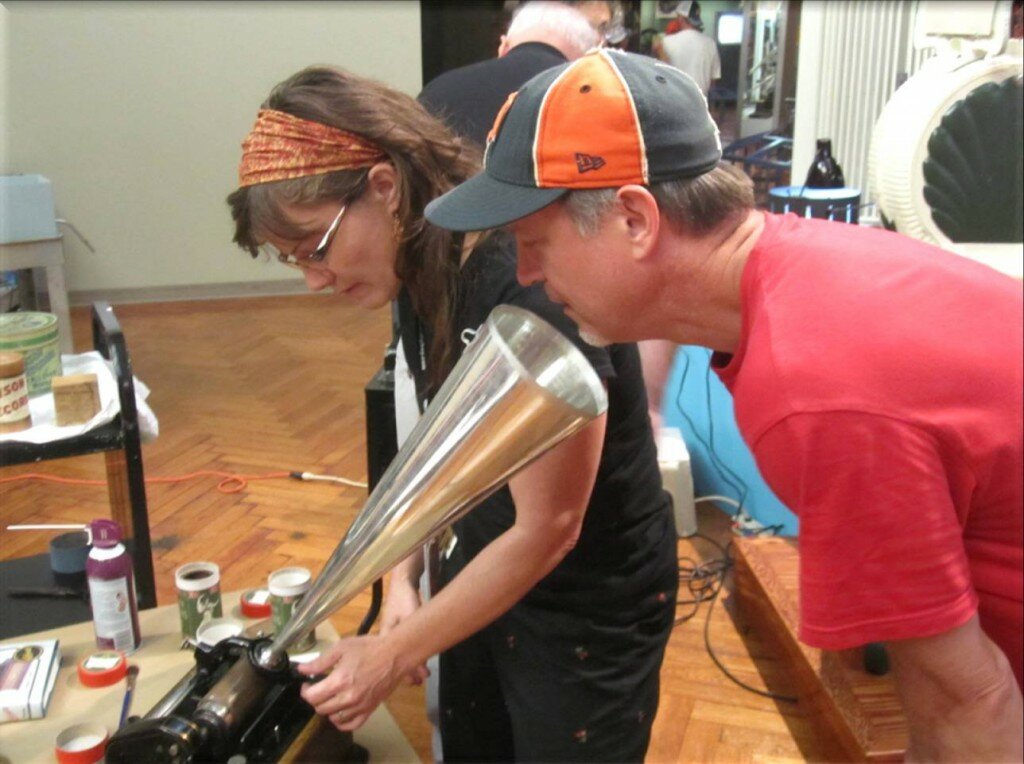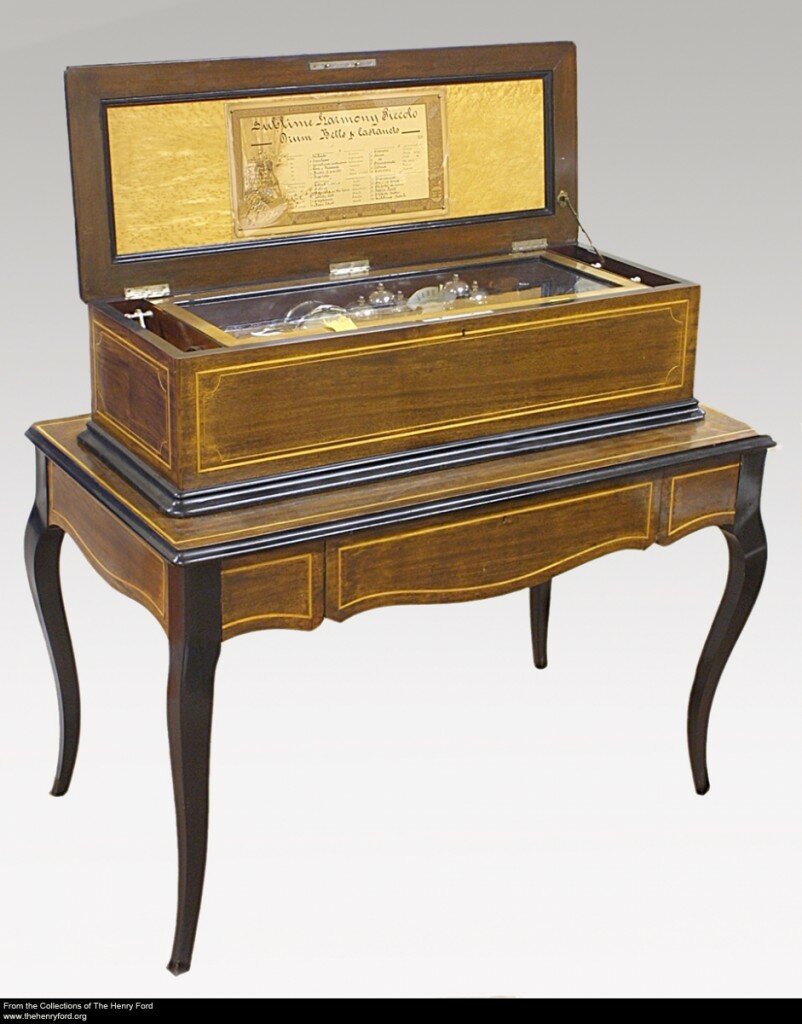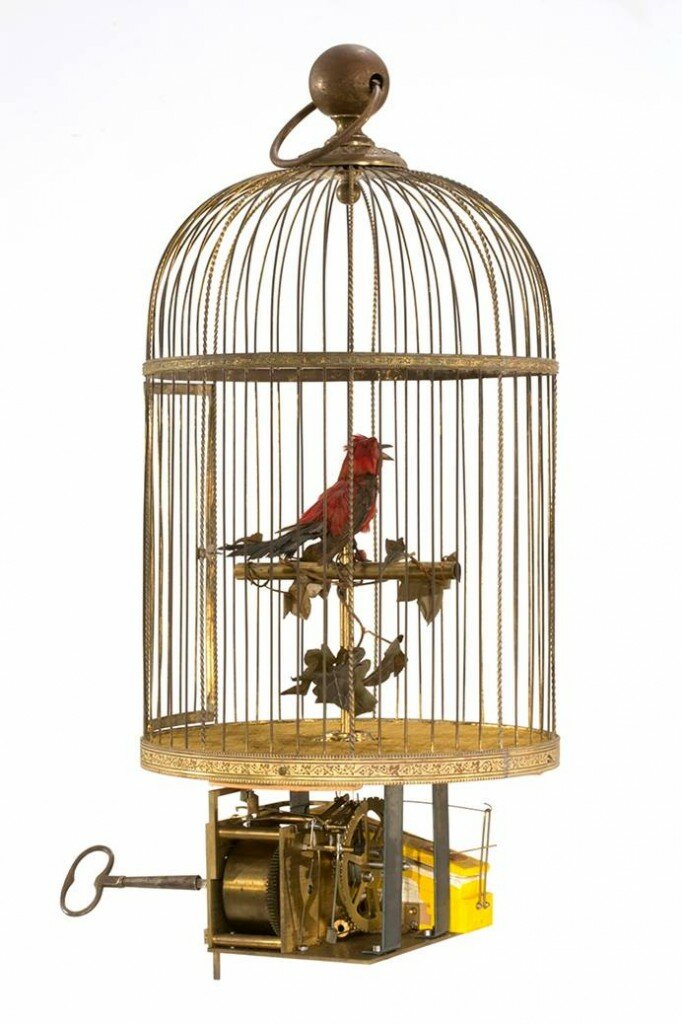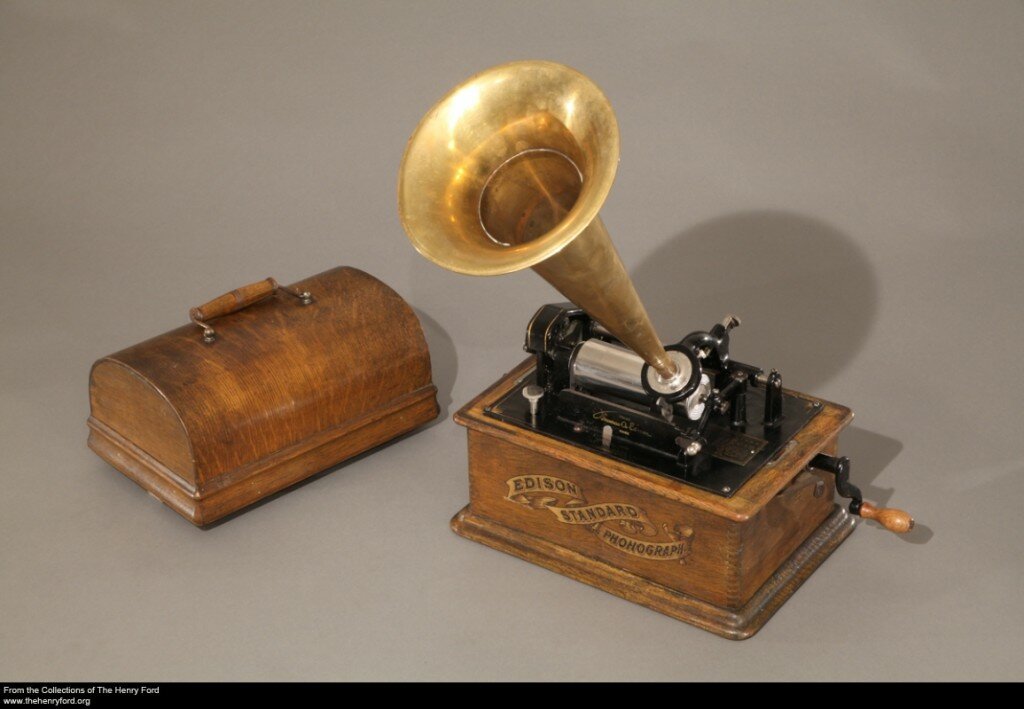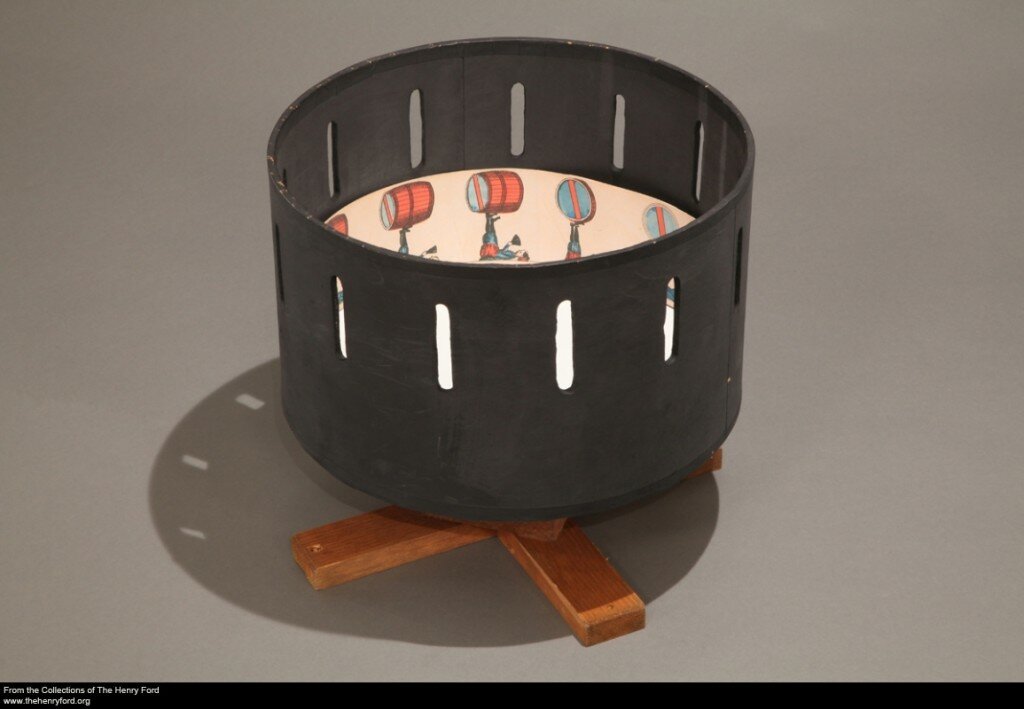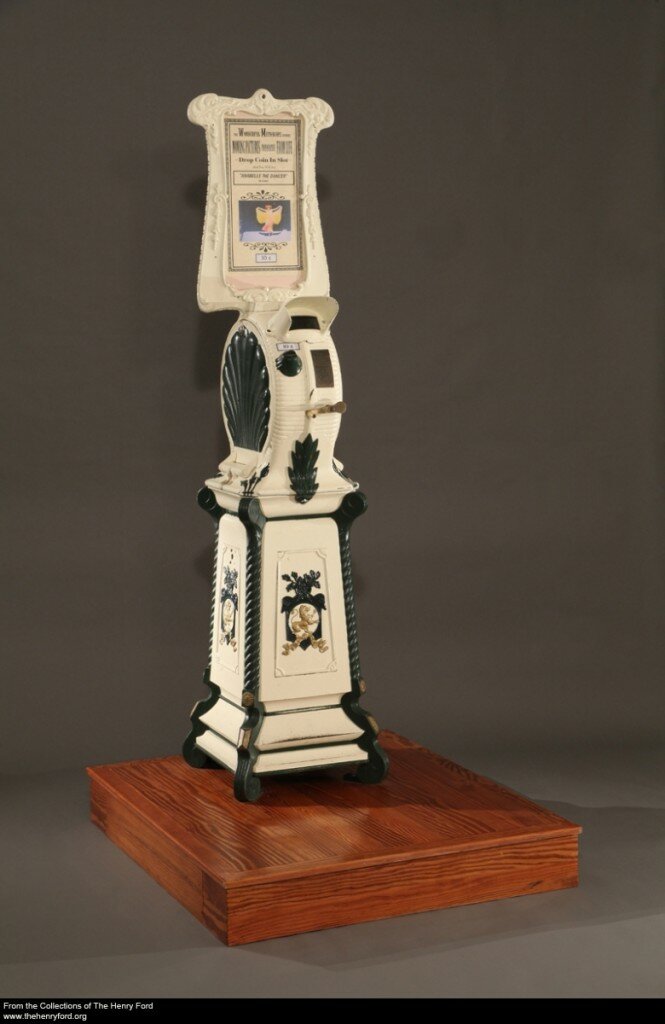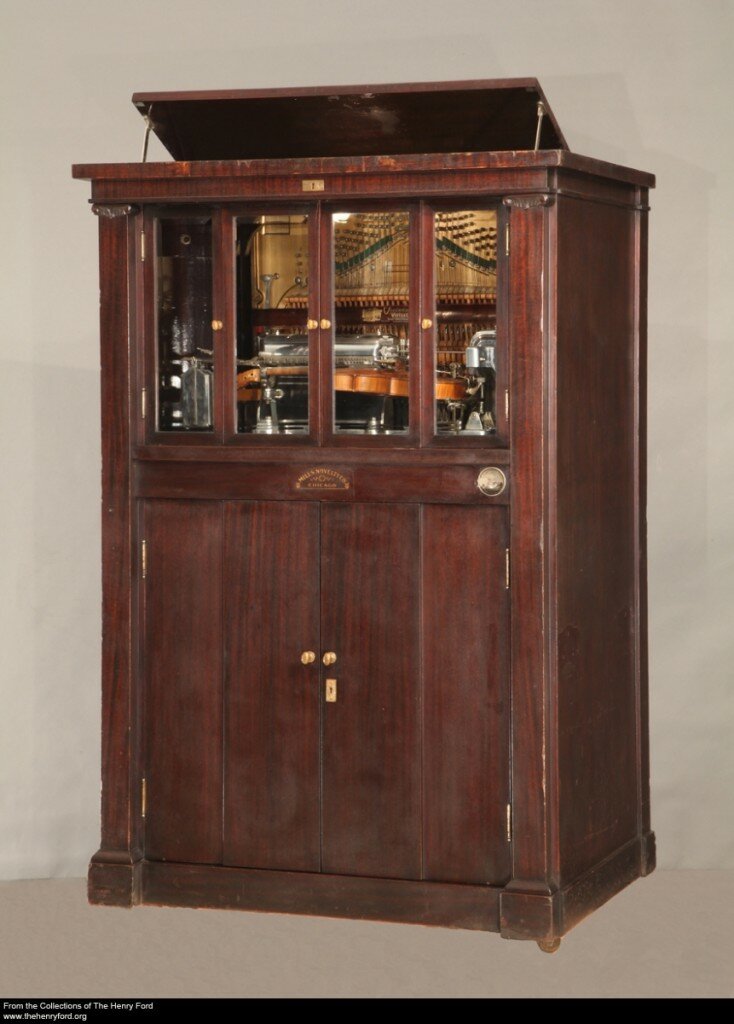This week’s Tinker, Hack, Invent Saturday showcases… us! Teams from The Henry Ford will be on hand showcasing artifacts, hands-on projects, and more. Senior Conservator Clara Deck gives us a look at what to expect this weekend.
I can’t wait for our upcoming Tinker, Hack, Invent Saturday here at Henry Ford Museum on May 25. It’s a rare opportunity for us to share some extremely nifty collections with you. We’ll be inviting you to interact with mechanical musical instruments and early film technology. And we won’t be swallowed up by all the other fun and wacky stuff that vies for your attention at the full-blown Maker Faire Detroit.
I admire our presenters. They entertain and inform our diverse visitors, often switching gears on a dime to respond to the interests of huge numbers of school children, adults and folks from all over the world.
My job is behind-the-scenes. Actually, it’s behind-behind-the-scenes.
Conservators are the doctors, nurses and surgeons for the collections. Our job is to protect and preserve. In many cases our knowledge of artifacts is so detailed, even fellow museum colleagues marvel at our single-mindedness. Conservators rarely interact with our everyday visitors. Because our work is so specialized, we usually only speak publicly for collector groups and other specialists, like fellow conservators.
That’s why I relish my part in Maker Faire Detroit and Tinker, Hack, Invent Saturday. These objects are all fairly intricate. That’s why my staff and I get to show them; they tend to be finicky and need a lot of TLC.
Plus I love phonographs and all kinds of mechanical contraptions. So did Henry Ford. His appreciation for clocks, watches and machinery is legendary.
It seems like he had an obsession for music boxes. We still retain over 40 beautiful music boxes of all types, more than half of them acquired during Ford’s lifetime. The one we’ll be playing is Swiss-made, ornate and “high-end” from about 1885. In those days, these expensive clockwork-driven machines were entertainment mostly for the wealthy.
Another European parlor piece we’ll feature is a delightful French-made bird-in-cage automaton. He tweets and moves his body in a very bird-like way.
Edison’s “favorite invention,” the phonograph, brought music within the financial reach of almost everyone when it came onto the popular market in the 1890s. One of the coolest features of the earliest record players is that you could make your own recordings at home. We’re talking 1890s and the first years of the 1900s! Edison’s phonographs used cylinders made of wax that you could shave down and re-record. So, using reproduction cylinders made almost exactly like the originals, you can come and make a record on an actual Edison machine. Old-time musicians and vocalists are especially welcome!
We’re also bringing out some devices that illustrate the principles that led to the moving image: movies! Zoetropes (Greek for “wheel of life”) were sold as toys in the 19th century and are based on an optical illusion called “persistence of vision,” meaning the brain perceives motion if still pictures flash by a specifically slotted drum that is spun in front of them. (Edison developed this idea into his Kinetoscope once plastic film became available.)
Another contraption, the “Mutoscope” is a patented coin-operated “flip-book” that uses still images that move so fast, they look like they are in motion. It is from the days when movie-making was in its infancy.
And don’t miss the Violano Virtuoso – an exciting electrically-driven piano/violin nickelodeon made by the Mills Novelty Company of Chicago in 1925. We blogged about this last year when we were trying to get it going… well, it’s going now! You’ll hear it from across the Museum and it’ll put a smile on your face and a spring in your step. Dancers also welcome!

